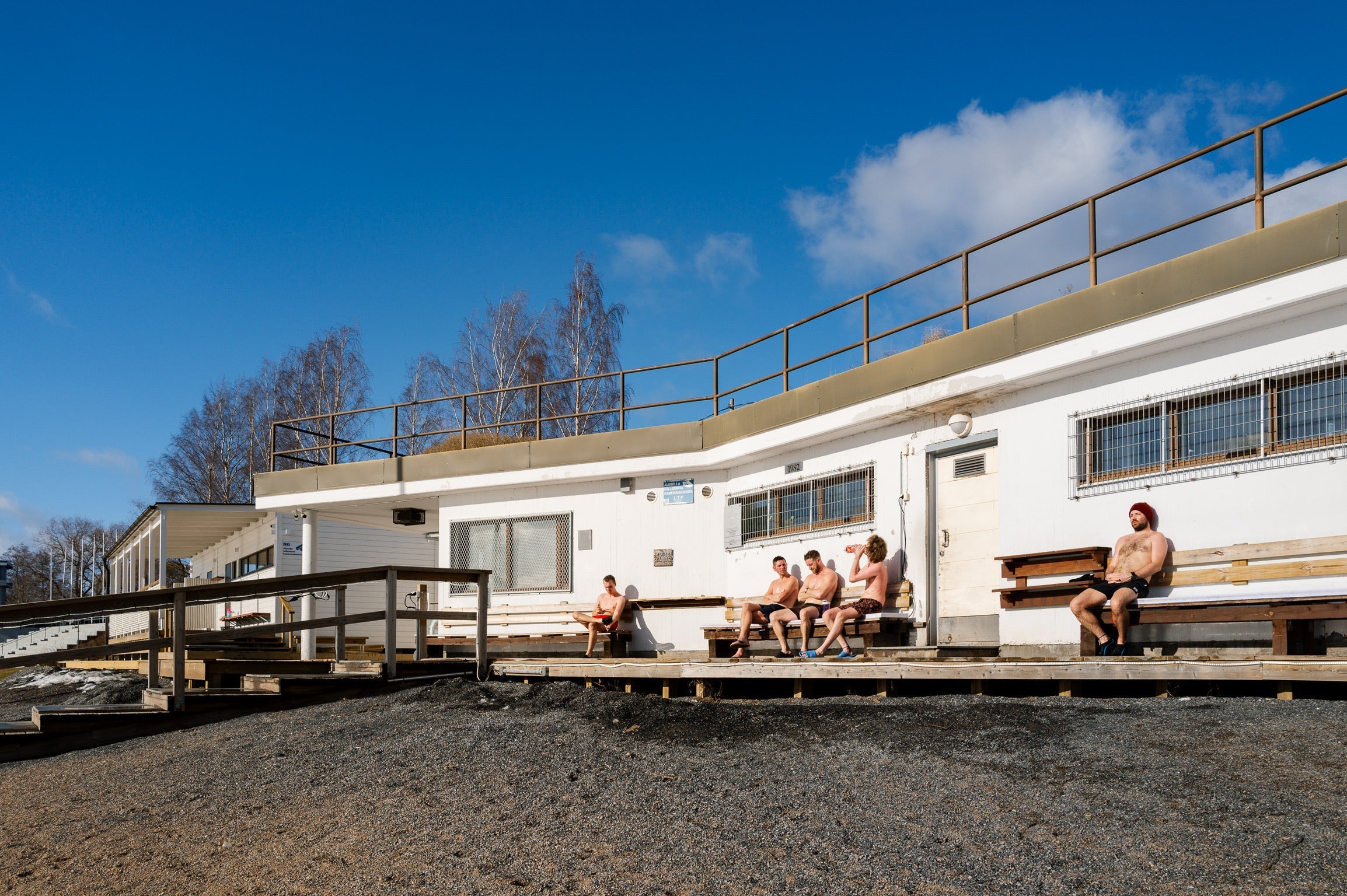
There's been a lot of inconsistent messaging around infrared saunas lately, and some companies are being downright misleading. They're taking the health benefits documented in traditional sauna studies and implying you'll get the same results from infrared. That's just not how physiology works, and it's worth clearing up.
What Your Body Actually Needs
The benefits of sauna come from cardiovascular stress. Good stress, but real stress. When you sit in a properly hot traditional sauna—we're talking 170-195°F—your body launches into action. Your heart rate climbs to 120, 140, even 160 beats per minute. That's equivalent to moderate cardiovascular exercise, except you're sitting still.
Your body isn't stupid. It knows the difference between ambient heat and radiant heat. When the air around you is scorching hot, your body responds with a full-system alarm: dilate blood vessels, pump blood to the skin, activate sweat glands at full capacity, release heat shock proteins. This is the cascade that delivers the benefits we associate with sauna bathing.
The Infrared Reality
Infrared saunas typically operate between 120-140°F. They work by heating your skin directly with infrared light rather than heating the air around you. The marketing says you get "deeper penetration" and "the same benefits at lower temperatures."
But your cardiovascular system doesn't care about infrared wavelengths penetrating your skin. It cares about core body temperature. It cares about heat load. And at 130°F with minimal humidity, you're simply not creating the physiological stress that triggers the adaptations we're looking for.
Your heart rate in an infrared sauna might climb to 90 or 100 beats per minute. That's not nothing, but it's honestly about the same as sitting outside on a hot summer day. The heat shock protein response is temperature-dependent—you need sufficient thermal stress to trigger it. The improved circulation, the cardiovascular workout, the dramatic increase in blood flow that helps with recovery and healing—all of this requires real heat stress.
Heat Shock Proteins: The Key Players
Heat shock proteins are cellular defenders released when your body experiences significant thermal stress. They repair damaged proteins, reduce inflammation, and may even play a role in longevity. But they have a threshold. Your body needs to believe it's in a genuinely challenging situation.
Studies on Finnish sauna use show cardiovascular benefits, reduced all-cause mortality, and improved recovery precisely because participants were using saunas at 175-195°F. When infrared sauna companies reference these studies in their marketing, they're being misleading. The research wasn't done on infrared saunas at lower temperatures, and the physiological response just isn't the same.
The Steam Makes It Real
When you pour water on hot rocks in a traditional sauna—what Finns call löyly—you're not just making steam for ambiance. You're creating a wave of humidity that makes the heat feel more intense and drives it deeper into your body. That humidity matters. It changes how your body perceives and responds to the temperature.
An infrared sauna can't do this. There's no thermal mass, no rocks holding heat, no way to create that surge of heat and humidity that makes your cardiovascular system work.
Understanding the Difference
Look, infrared saunas aren't evil. If you're using one regularly, you're probably getting some benefit—similar to what you'd get from spending time in heat. But when companies talk about the documented health benefits of sauna use and then sell you an infrared unit, they're borrowing credibility from research that doesn't actually apply.
The wellness industry wants you to believe you can get the same benefits with less discomfort. But physiologically, the challenge is the point. Your heart pounding at 150 beats per minute isn't an unfortunate side effect—it's the mechanism. That's your cardiovascular system getting a workout, your blood pumping fresh oxygen and nutrients throughout your body, your cells activating their defense and repair systems.
When I went to Finland and experienced real sauna, it clicked. The design isn't arbitrary—the high heat, the rocks, the steam—it's all physiologically necessary. The Finns have been doing this for thousands of years, and modern research on cardiovascular health and longevity has validated why it works.
If you want to relax in gentle warmth, an infrared sauna is fine. But if you're looking for the cardiovascular and longevity benefits that research has actually shown, you need actual heat stress. Not radiant warmth—heat stress.
This isn't about being purist or elitist. It's just about understanding what's actually happening in your body and not falling for marketing that conflates two very different experiences. The health benefits from traditional sauna are real and documented. Infrared is better than nothing, but not the same.


Comments (0)
Back to Nightjar Journal